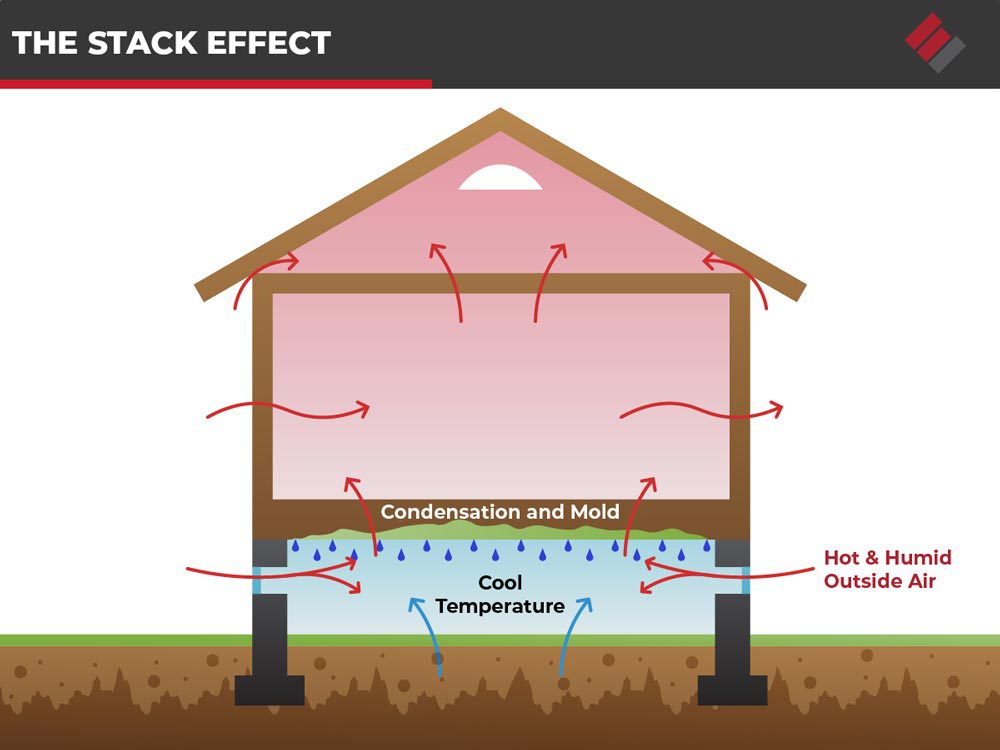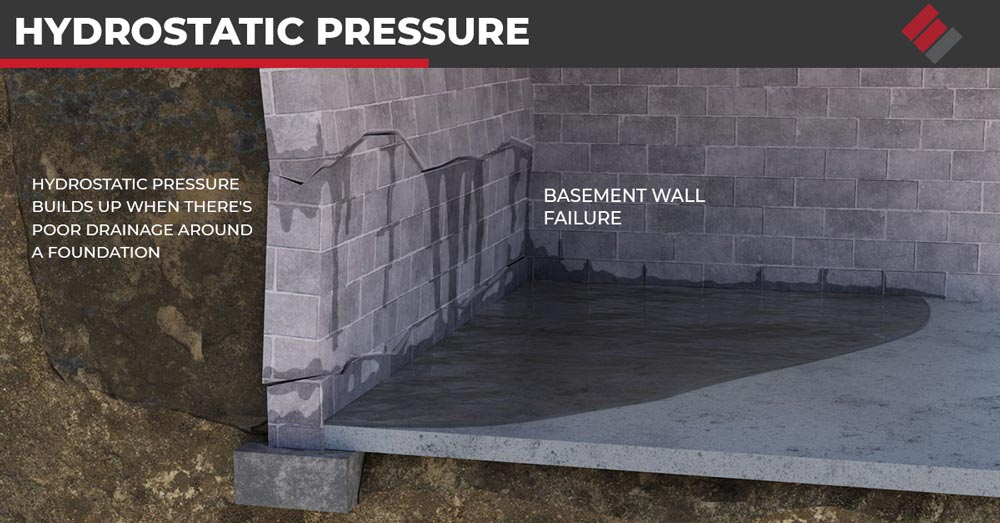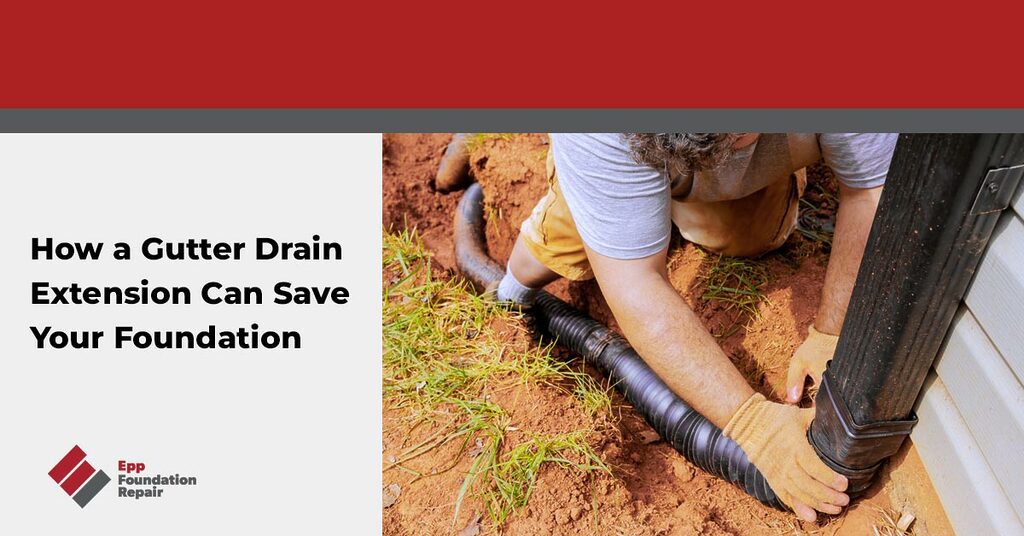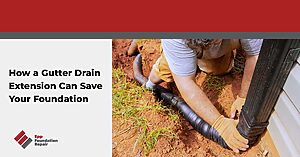A silent threat occurs below many homes, and it is not typically discovered until the damage is already extensive. I’m talking about water damage happening to foundations–and it is definitely something you should consider.
Water can negatively impact your foundation in many ways and for many reasons. In most cases, however, runoff from the roof has the most significant impact, and may contribute to the ongoing danger.
When rainwater runs from the roof and drains directly next to the foundation, it can quickly erode the soil in the area. It can also soak the ground, which could put significant pressure against the foundation wall if you have expansive soil.
Fortunately, the solution to the problem is relatively simple. Installing gutter drain extensions is the perfect way to combat this problem, but you must have them installed correctly.
Understanding the purpose of gutter drain extensions can show how effectively they protect the foundation. Quite simply, they take water from the gutters and run it to an area away from the foundation where it can drain properly.
This article will discuss the versatility of gutter drain extensions and the benefits they provide for your basement or crawl space. We will also look further into how they are installed, so that you can get started immediately.
Why Should You Care About Water Drainage?
Water can be beautiful and peaceful–but if it is draining next to your foundation, it can also be destructive. What type of damage can you expect when you don’t have the proper drain extensions installed?
Increased humidity: One of the big problems that is associated with many other issues is increased humidity. This typically starts in the basement or crawl space, but because of the stack effect, it will not end there.

The stack effect occurs as warm air rises in the home and exits through the attic. As it does so, a vacuum is left in the home, which is filled by air from the basement or crawl space. 50% or more of the air in your living space originates below the house.
Flooding: It may be common for basements or crawl spaces to flood, but it should never be considered “normal.” Flooding is a sign of a more significant issue that can quickly undermine the foundation, and must be addressed immediately.
Foundation damage: Due to pressure from waterlogged expansive soil (hydrostatic pressure), you may experience cracking or buckling of your basement/crawl space walls. This issue will worsen over time and allow water to enter the area.

If any minor damage is happening, it can quickly grow to become significant damage. It may also lead to foundation failure, which can make the home unlivable.
Mold and mildew: No homeowner wants to deal with mold, but it is unfortunately a common problem in many basements and crawl spaces. With higher humidity and the right temperature, mold has everything it needs to grow.
Old house smell: You may not necessarily notice it, but your guests will. If anyone has ever told you that your home has an “old house smell,” it is because of the breakdown of bacteria and fungi, such as mold, creating VOCs. This is an issue that can have an impact on the health of your family (especially those who have respiratory problems like asthma and COPD).
Some of the problems we discussed are serious, but they can all be reduced or eliminated by installing gutter drain extensions.
What Is a Gutter Drain Extension?
Gutter drain extensions may come in several forms, but they all have the same basic purpose. As the rain comes off the roof and down the downspout, the gutter drain extension carries it away from the home to a place where it will not damage the foundation.
Many of those extensions that are installed DIY are unsightly and not necessarily as effective as they should be. When a professional installs a gutter drain extension, it is out of sight and out of mind, while always reliably working in the background.
Gutter drain extensions are attached to the downspout and run underground below the frost line. Most gutter drain extensions are 10 feet as long as we don’t have to cross the property line. There may also be cases where multiple downspout extensions are connected to yard drainage to get the water to the road or back property line.
Since the water is carried away from the home to an area where it can drain naturally, water does not build up in the soil near the foundation. This works to reduce hydrostatic pressure that could damage the foundation walls.
It is essential to have a gutter drain system installed by a professional. Contractors who are familiar with installing these items can do so in a way that will last a long time and experience very few issues.
A gutter drain system may be a relatively simple project, but it must also be done properly and installed so that it will benefit the home for years to come. This is one simple yet important step you can take to help save your foundation (and your home) from experiencing many issues!







